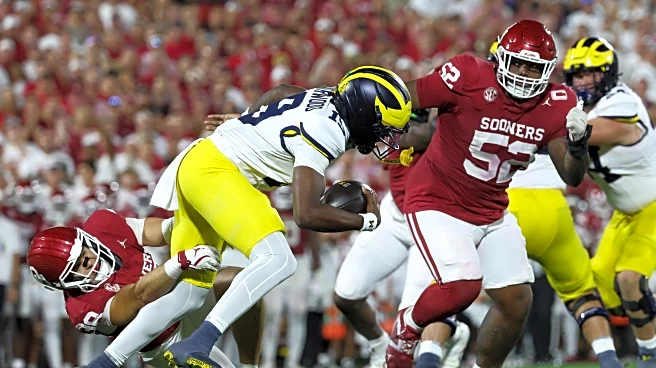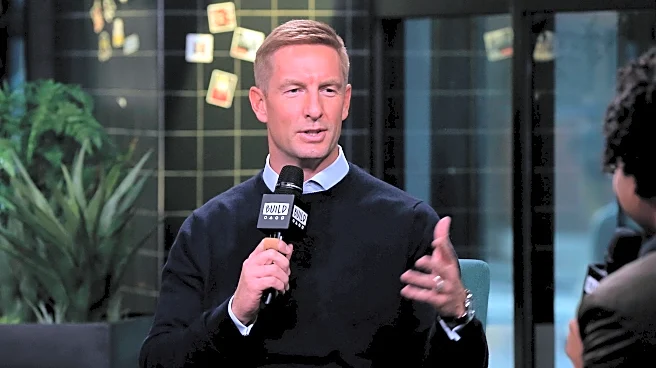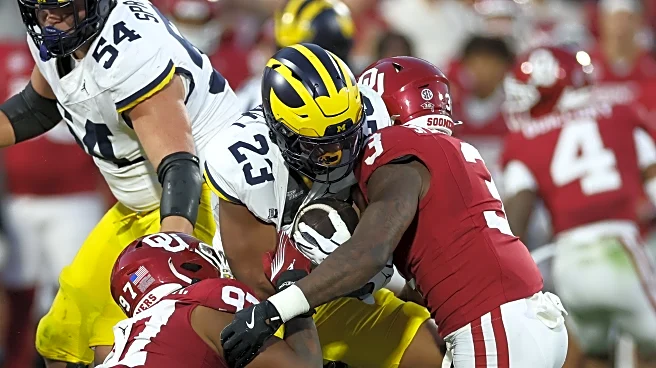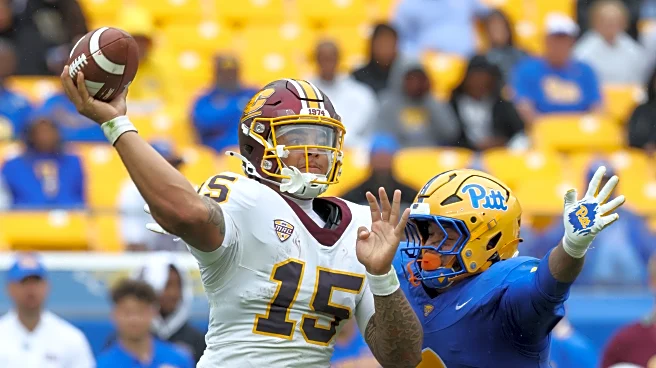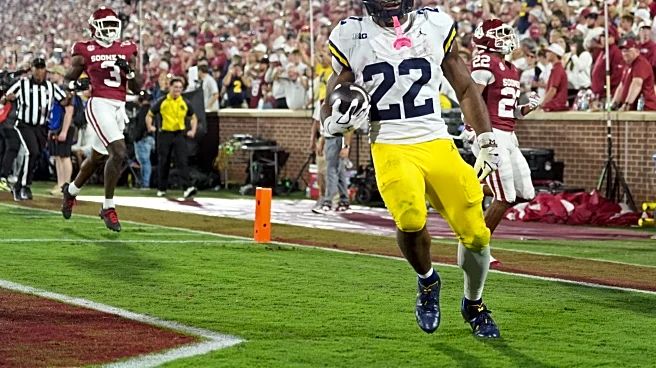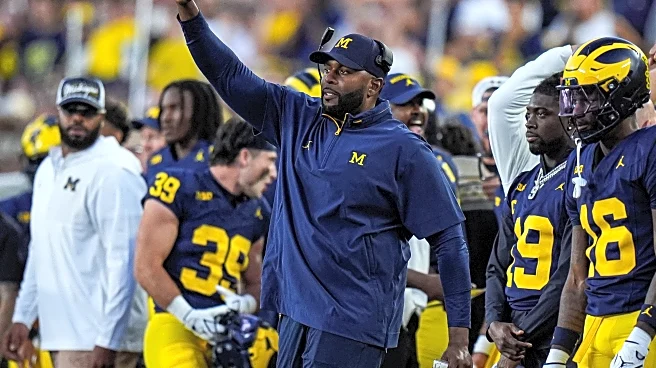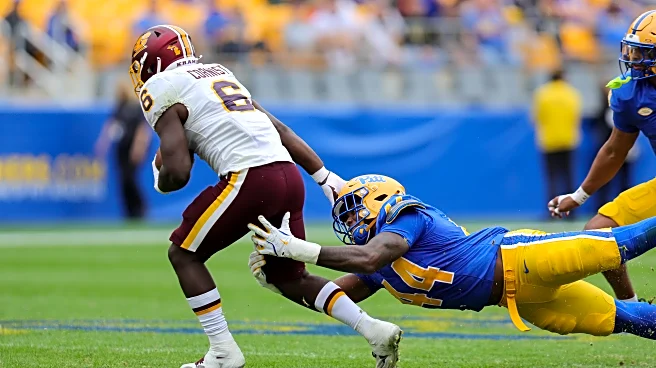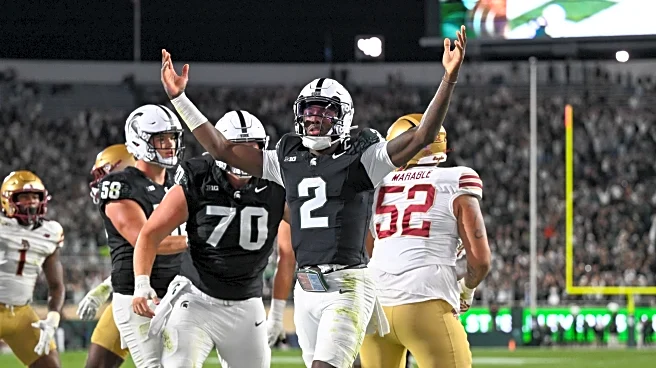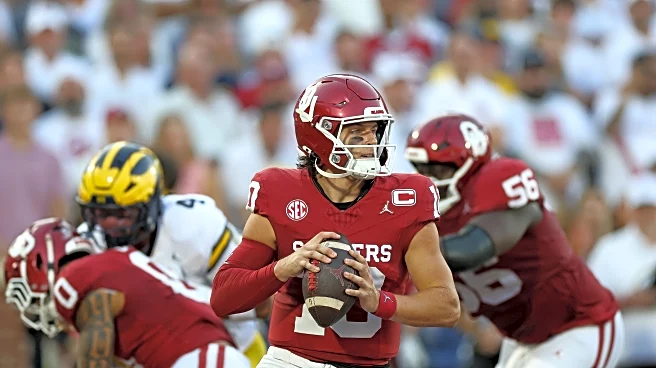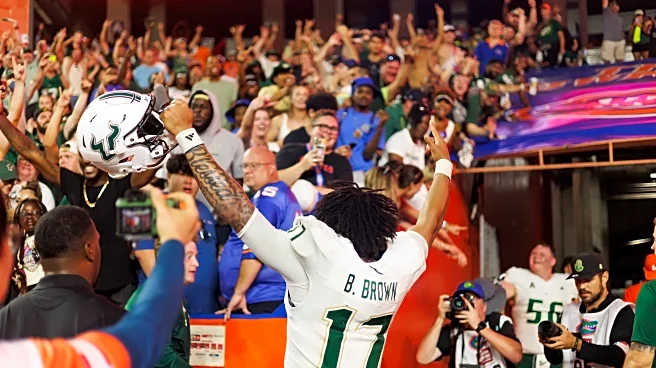
There were a handful of plays that ultimately came back to haunt Michigan at Oklahoma last week. On the first third down of the game, Sooners quarterback John Mateer hit tight end Jaren Kanak for 31 yards. Three plays later, Mateer found wide receiver Deion Burks for 21 yards to pick up another first down. The Sooners scored a touchdown later that drive.
In the second quarter, Mateer converted on 3rd-and-7 to keep the drive going around midfield, eventually leading to another touchdown. In the third
quarter, the defense had Mateer dead to rights on a well-timed blitz call by Wink Martindale. But after a missed tackle, Mateer was able to chuck it down the field to wide receiver Isaiah Sategna III for 36 yards to get all the way down to the Michigan 13 yard line. Mateer ran it in two plays later for another Oklahoma touchdown.
Needless to say, improving execution on third down plays will be pivotal for the Wolverines moving forward. Had some of those third downs went Michigan’s way, the Oklahoma game could have played out differently.
Michigan has struggled to find success on third down on both sides of the ball so far this season. The Wolverines rank 91st in the country (15th in the Big Ten) in third down offense with a 33.3 percent conversion rate, and 96th overall (16th in the Big Ten) in third down defense with a 45.2 percent success rate. It was a glaring issue in the first loss of the season, as Michigan’s offense went 3-of-14 on third downs while Oklahoma’s went 9-of-17.
“You have to be good on third downs, and we weren’t (against Oklahoma) — that’s the story of the game,” offensive coordinator Chip Lindsey told the media on Wednesday. “Our goal was to be 50 percent on third down. We couldn’t stay on the field and therefore, their offense played more. If we execute on third down a little better, I think things play out differently for us, but we just didn’t get that done.”
The most direct benefit of a high third-down conversion rate is the ability to extend possessions and give the offense more opportunities to move down the field and score points. With true freshman quarterback Bryce Underwood leading the way, improving in this area is key to avoiding high-stress situations and continuing to build confidence as an offense.
Lindsey also mentioned that Michigan needs to find a way to flourish on first and second downs so third downs are more manageable. The Wolverines are averaging 8.4 yards per third down attempt through the first two games, which is a difficult ask for any offense — especially one that is adjusting to a new quarterback and play caller.
“We have to be in more manageable third downs,” Lindsey said. “I expect us to play up to the standard that I have set for this offense, and I think we have to look internally and self-reflect. Our guys have really responded this week and have worked hard at improving in that area.”
On the defensive side, the Wolverines simply weren’t able to get off the field on third down at Oklahoma. Michigan had several chances to get third-down stops and force a punt, but Oklahoma continued to convert and eventually wore down the Wolverines as the game went on.
“Third down is always a big part of defense,” Michigan linebackers coach Brian Jean-Mary said. “It’s hard to be good on defense if you can’t get off the field on third downs. It’s a point of emphasis for us and something we’re working on. If we get into the backfield, no matter who the player is, we have to execute and get the ball carrier onto the ground.”
The Wolverines will look to clean up mistakes and execute at a higher level on third downs against Central Michigan in the non-conference finale on Saturday at noon. Even though it’s against lesser competition, Michigan needs to improve in this area quickly — it will be hard to get back on track if these struggles don’t get corrected soon.
